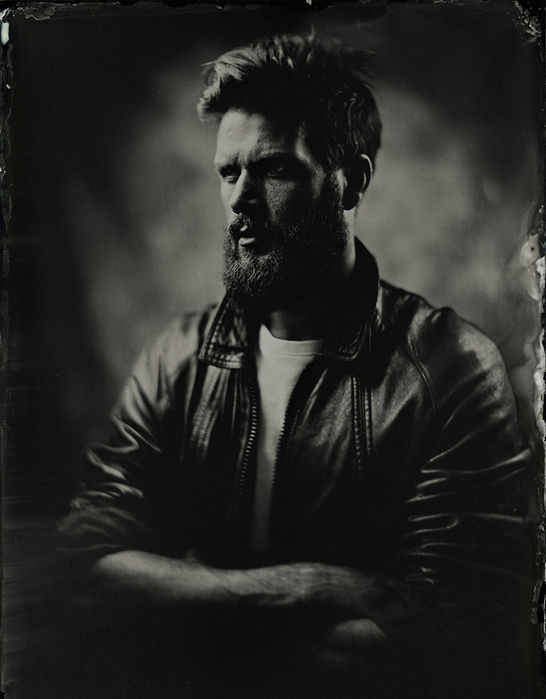
PROCESS
Wet Plate Collodion
the PROCESS
London, March 1851…
In the latest issue of The Chemist, an English inventor Frederic Scott Archer unveils a breakthrough that propels the world into a new chapter of visual storytelling. Archer's invention of the Wet Plate Collodion process seemed almost too groundbreaking to be true, blurring the lines between art and science as if conjured from thin air. Yet, here was a technique that promised to capture the world as it had never been seen before. Like the finest attire that becomes a symbol of an era, the collodion process was both a marvel of its time and a timeless contribution to the tapestry of human achievement.

I
Preparing the Glass Plate
The process begins with precisely cutting the glass to size, after which the edges are blunted with a sandstone to remove any sharpness, allowing safe handling. In the next step, the glass undergoes meticulous cleaning to ensure the plate is immaculate. Patience is critical, as any impurities can affect the quality of the ambrotype. Finally, the edges are carefully treated with albumen to prevent the collodion emulsion from peeling off, ensuring that your portrait remains intact.
II
Applying the Collodion
Collodion, a syrupy solution of cellulose, is carefully poured over the glass plate in a manner called “flowing”. A skilled hand is required to spread the emulsion evenly, ensuring that the excess is quickly drained off before the collodion begins to settle. This process leaves the plate coated with a fine, transparent film, infused with a blend of salts—soon to become light-sensitive and ready to capture your ambrotype portrait.
III
Sensitizing the Plate
At this stage, the photographer must be keenly aware of the surrounding conditions, since air temperature and moisture critically determine the precise moment for submerging the plate in the solution of silver. Within mere minutes of immersion, the plate undergoes a transformation, becoming sensitive to light and primed for the exposure. Under safe-light conditions, the plate is carefully secured in a light-tight cassette, allowing for safe passage from the darkroom and fixing onto the camera
IIII
Exposing the Plate
The cassette is now unlocked, allowing the plate to be exposed. In this brief moment, the light reflecting off your likeness falls directly on the plate, forever freezing your image in the silver dust.
V
Developing the Plate
Back in the darkroom, the plate is carefully removed from the cassette under the red safe-light. An iron-based formula is poured over the plate, revealing a faint, negative-looking image in just a matter of seconds. The development process is precisely timed and promptly ceased by rinsing the plate with water.
VI
Fixing the Plate. The Magic!
At this stage, the plate is safe to handle under normal light conditions, heralding the part where true magic unfolds. To ensure your portrait is rendered permanent, the plate is now sunk into the fixing solution. This spectacle never ceases to astonish, as the faint-negative silhouette gradually transforms into a vivid ambrotype—akin to a ghost taking on flesh.
VII
Varnishing the Plate
In this concluding stage, the plate undergoes a thorough wash to remove any residual chemicals clinging to the collodion film. Finally, the plate is heated in preparation to accept a coat of traditional shellac-based varnish. This final touch not only safeguards the silver image against tarnishing but also provides a deep, glamorous shine, enhancing its allure and longevity, ensuring your legacy endures for centuries.
Ohh… and it smells lavender.

































